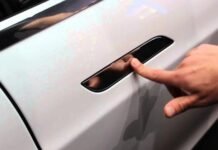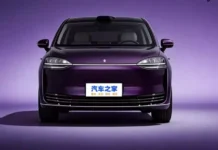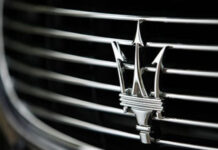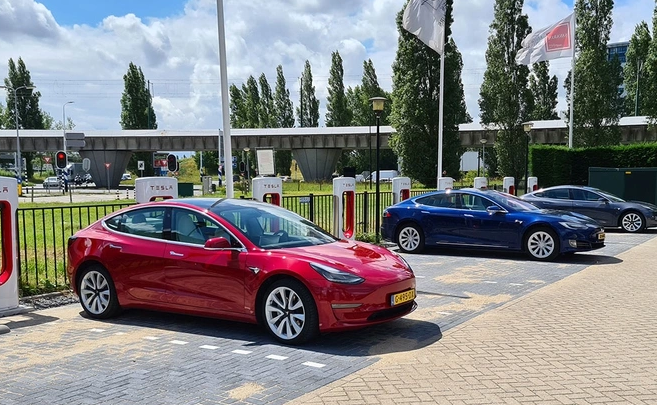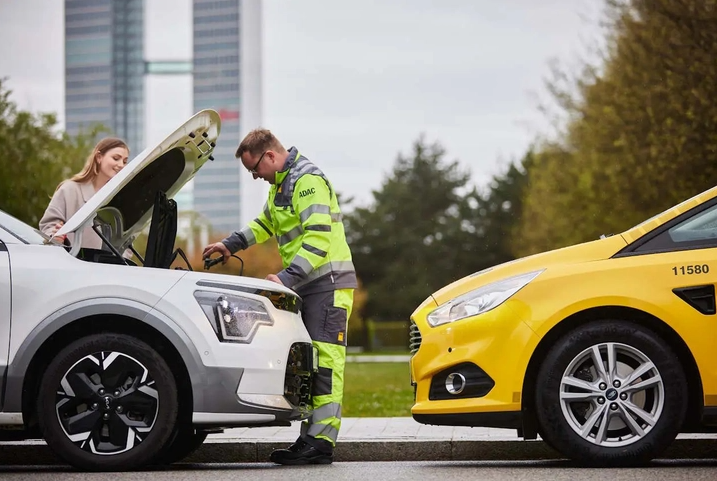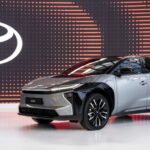While there are still skeptics of electric vehicles’ longevity and stability compared to traditional cars, a recent report from ADAC, Europe’s largest automobile club, reveals otherwise.
Contrary to popular belief, electric vehicles are proving to be the more reliable choice in the eyes of experienced technicians.
As Europe’s leading road traffic support organization, ADAC recorded over 3.6 million breakdown calls in 2024. Of these, only about 43,600 cases involved electric vehicles, a mere 1.2%. This is a notable figure considering the rapid increase in electric vehicles in the European market.
Furthermore, ADAC delved deeper into data from registered vehicles between 2020 and 2022 for a fair comparison. The result? Electric vehicles averaged 4.2 breakdowns per 1,000 cars, while internal combustion engines clocked in at double that rate, with 10.4 breakdowns.
One might expect electric vehicles to have some “unique” issues due to their different structure, but the reality is more mundane: the humble yet crucial 12V battery is the most common cause of breakdowns in both types of cars. Weak, dead, or non-rechargeable batteries account for 50% of breakdowns in electric vehicles and 45% in gasoline/diesel cars.
However, the rest of the statistics showcase the superiority of electric vehicles. In categories related to electronics, lighting, and engine control systems, electric vehicles tend to have fewer faults or are on par with traditional cars.
Regarding tire-related issues, ADAC data shows that electric vehicles experience tire problems at a rate of 1.3 per 1,000 cars, compared to 0.9 for internal combustion engines. This could be due to the heavier weight of electric vehicles or the lack of specialized tires. However, newer electric vehicle models seem to have significantly improved in this aspect.
One of the reasons for the high reliability of electric vehicles lies in their mechanical design. Electric vehicles don’t require oil changes, have no complex transmissions, and lack exhaust systems—all of which are common “trouble spots” in traditional cars. Fewer components mean fewer potential breakdowns.
However, ADAC also notes that today’s electric vehicles are still relatively new. Assessing their durability over a decade is something that cannot yet be conclusively determined due to the lack of long-term data. But based on current observations, the trend is clearly in favor of electric vehicles.
The study also found that January (the cold winter month) saw a surge in breakdown calls, reaching 377,000 cases. Harsh weather affects both starter batteries and vehicle performance, highlighting the importance of proper maintenance for both electric and traditional cars.
Electric vehicles are no longer just a trend or an “environmentally friendly” option. With empirical evidence from large-scale breakdown data, they are gradually proving to be the more reliable choice, not just in theory but on actual miles driven. In this silent race, electric vehicles are pulling ahead, not with engine noise, but with quiet, steadfast stability.
TH (Tuoitrethudo)




